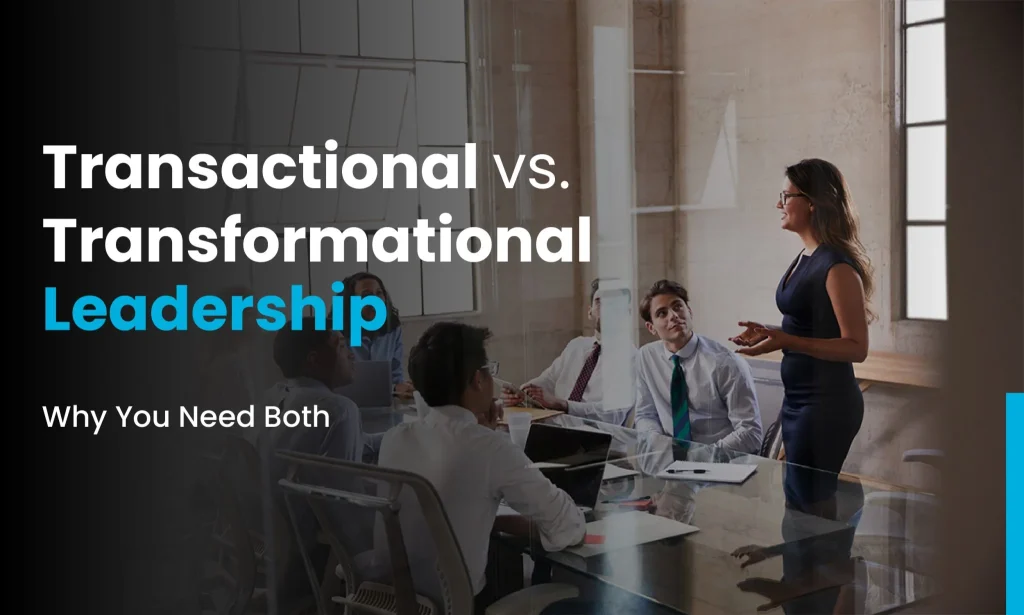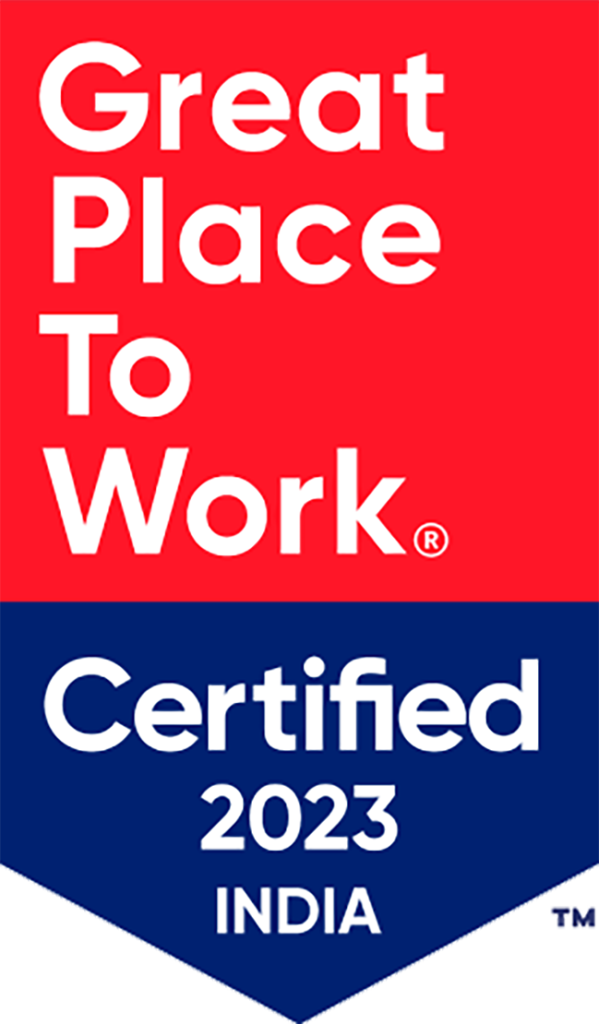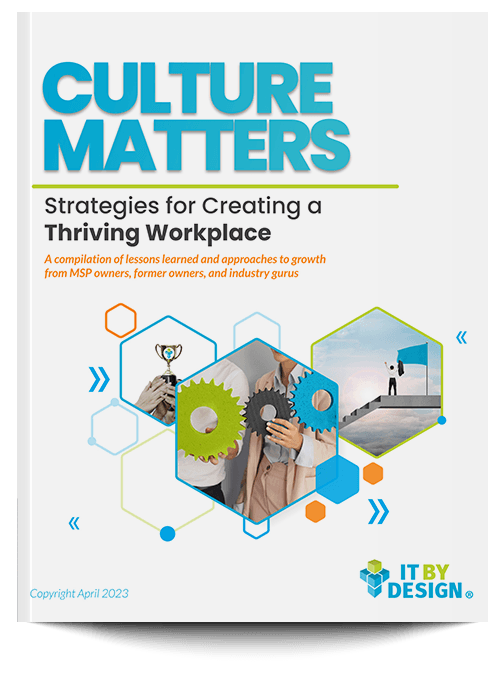Trade shows are a staple of life in the IT channel. Whether joining thousands of peers for a vendor, distributor, or association event or participating in much smaller regional or local roadshows, an MSP could travel someplace new almost every week of the year. The time and financial investments can be substantial. Between the lost opportunity costs and hotel, travel and meal expenses, some events require significant commitments, forcing business owners to evaluate, prioritize, and justify attendance.
Which shows might inspire new ideas, develop employee’s professional skills or deliver other “value-added content” that could advance an MSP’s business objectives? The answers may be different every year based on personal preferences (i.e., locations, favorite vendors, other attendees), evolving goals, budgets and a litany of other factors.
Some event hosts bring in inspiring keynote speakers to rev up or entertain the audience. They may offer educational workshops and new vendor breakouts, trade show booths (with or without happy hours), after-hours parties and engaging demos. Networking with peers, vendors and other channel professionals is appreciated by virtually everyone.
Attendance can be an exhausting, but highly rewarding experience. MSPs with a well-crafted annual – or at least quarterly – events plan can raise the value of those investments.
Craft a Pleasing and Productive Tradeshow Strategy
Attendance at industry events and professional training sessions should provide some type of ROI for the company, owners and (when applicable) employees. While hitting those objectives can be a challenge, creating a simple checklist will help MSPs evaluate and prioritize each potential trip. Some providers narrow down the options from a collective industry events calendar or build one from scratch, starting with past show attendance, peer recommendations, personal invitations or promotions.
The 2023 events season is in full swing, but it’s not too late to build a second-half strategy. Here are a few pointers for MSPs looking to construct a measurable events plan:
- Develop a target list. MSPs can begin by ranking each event by its fit for key business goals and professional development requirements. For owners, personal interests such as family or friends living close by the event venue may play a part in conference preferences, though the fit to organizational goals will contribute more to the ROI. A quick website review of agendas and speakers will help providers evaluate the session topics, educational and training opportunities, and potential vendor discussions.
- Create objectives for each event. A good best practice for MSPs is to set three to five goals for conferences that require multiple day commitments and large investments and one or two points for roadshows and seminars. Skills and technical training sessions that result in certifications should rank high on that list. MSPs may also prioritize events hosted by key vendors to improve their utilization and strengthen relationships with account managers and product teams.
- Note times for key sessions and activities. Event organizers typically post program details weeks if not months prior to kickoff. Prospective attendees can review agendas and session information and highlight the presentations that best match their list of priorities. Many larger events offer apps to simplify scheduling and make it easy to connect with vendors partners, peers, and industry thought leaders. Pre-schedule meeting with the attendees and vendors that you need to meet with to ensure event ROI. This shows you value the opportunity, and they will often prioritize your meeting.
- Stick to the plan. Execution of the show schedule is essential. All the distractions make it easy for MSPs to get off track, especially when many long-time peers and friends are in attendance. While there should be flexibility and backup options in the schedule (in case of session cancellations or shifting priorities) overlooking key objectives can quickly lessen the ROI for that event.
- Follow through on post-event activities. The follow-up steps significantly impact the value of attendance. MSPs may need conversations with vendors, distributors and even peers to answer critical questions, work through details of technologies and programs, or capitalize on other opportunities. Additional collaboration may be needed to ensure the success of those projects and activities (boost the ROI from industry event even higher).
Put the Plan into Action
It’s never too late to build an effective events plan for an MSP. Many providers begin by setting an annual budget for these activities and re-evaluate the options each quarter to map to business priorities. Vendors, distributors and industry associations periodically add new events, including local roadshows and ‘lunch and learns’ that could replace a costlier and more time-consuming event on the provider’s calendar.
A good rule of thumb is to make a last-minute check of the agenda at least a week prior to travel. Sponsors or hosts might add a workshop or education session that team members would value. Are there outstanding invitations to vendor dinners, group lunch discussions or after-hours entertainment venues? Networking doesn’t need to be all work and no play.
One final reminder is to double-check hotel and event registrations. Mistakes (like failing to book flights and rooms early) can increase the cost of these trips and reduce the company’s return on those investments. Checking off all the boxes helps MSPs get the most value from their limited time and budgets.
For more content like this, be sure to follow ITBD on LinkedIn and YouTube, check out our on-demand learning platform, Build IT University, and be sure to Register for Build IT LIVE, our 3-day education focused conference, September 9-11 in Orlando, FL!







